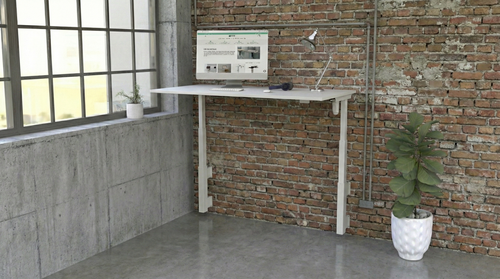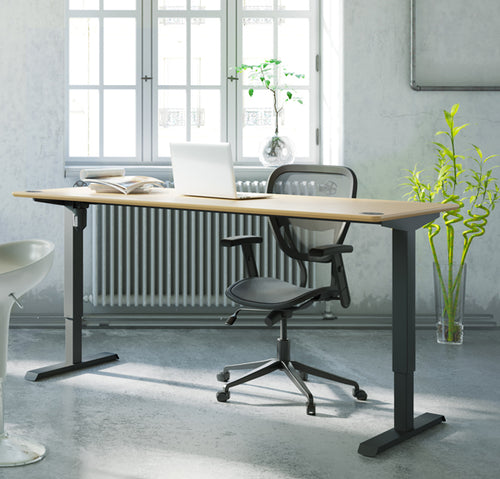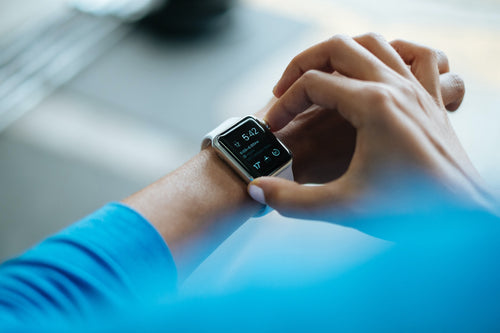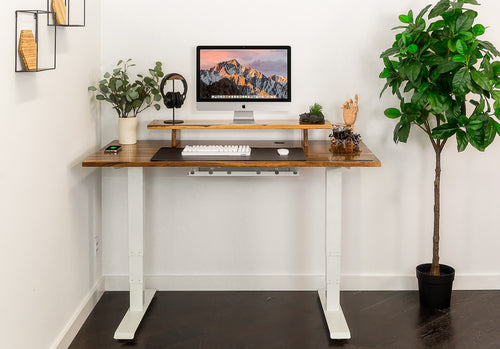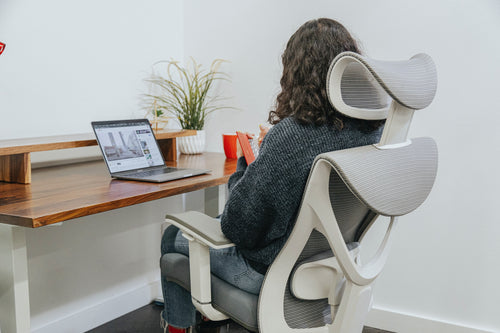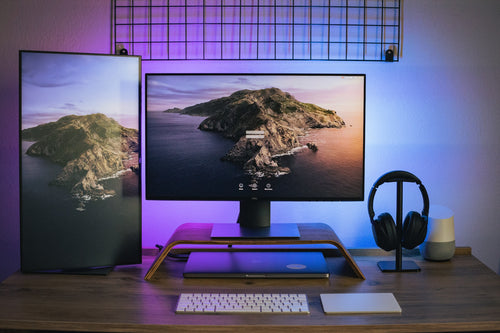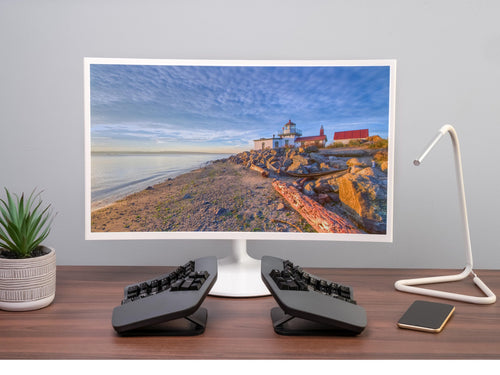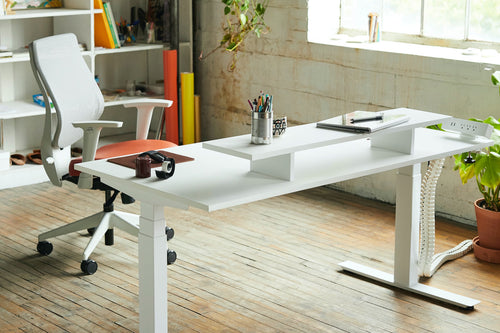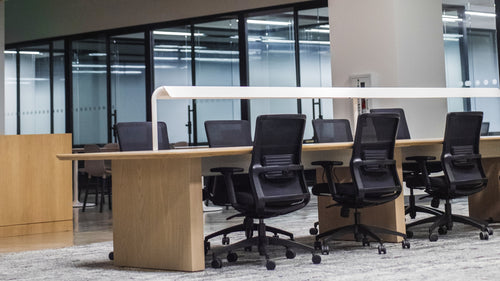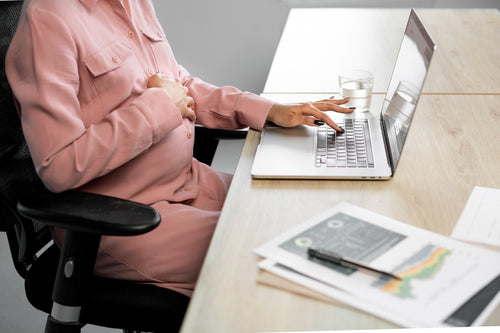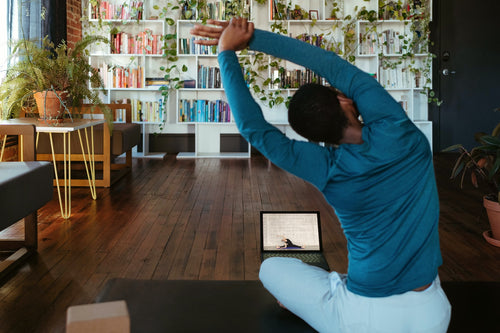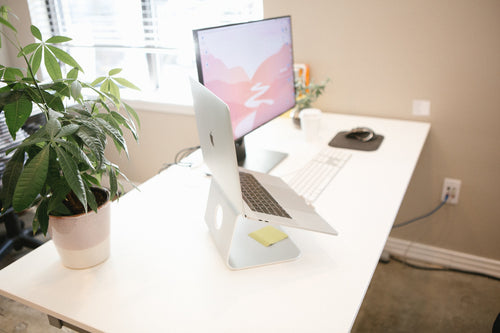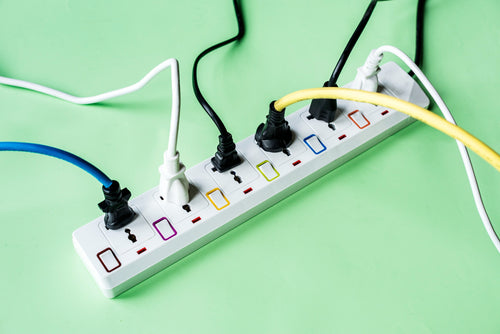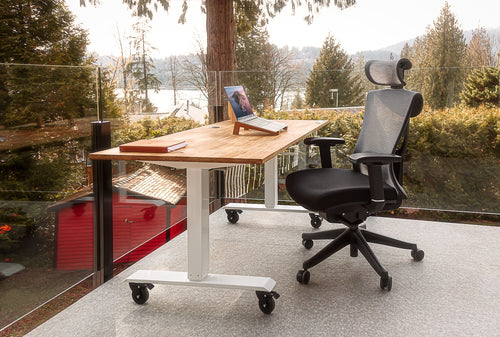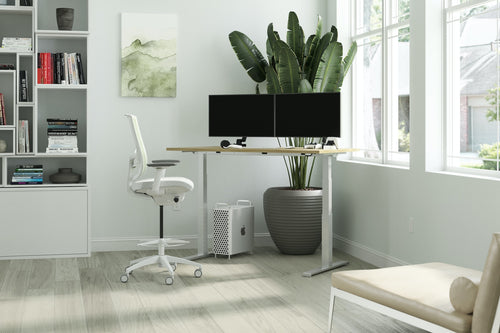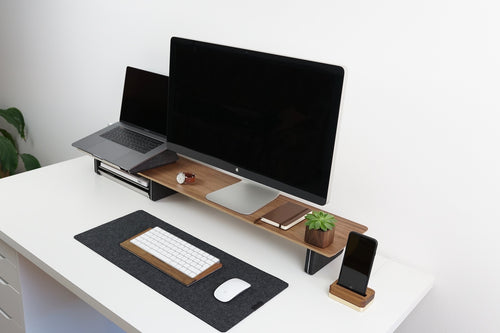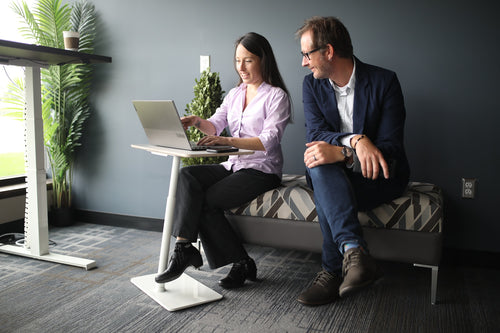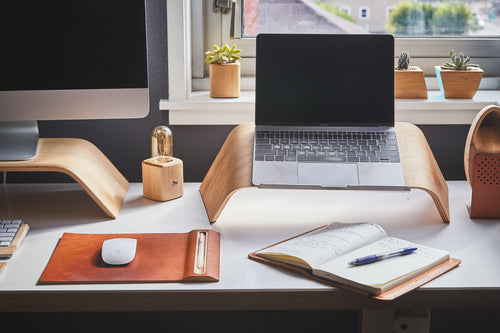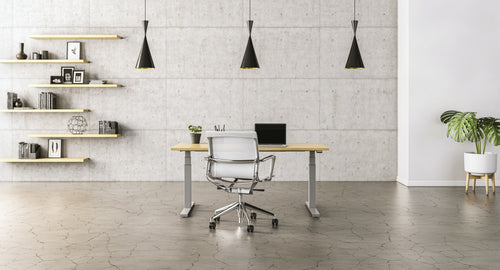Do you spend a lot of time sitting at your desk? Do you often feel tired, sore or stiff after a long day of work? Do you wish you could work more comfortably and efficiently?
If you answered yes to any of these questions, then this blog post is for you. In this post, we will show you how to boost your productivity and comfort with various ergonomic seating options.
Ergonomic seating options are chairs that are designed to fit and support the human body and spine while sitting. They can help you prevent or reduce various health problems, such as back pain, neck pain, shoulder pain and fatigue. They can also help you improve your posture, blood circulation, energy levels and productivity.
There are different types of ergonomic seating options, depending on your preferences, tasks, budget and space. Some of the most common ones are:
- Office chairs
- Drafting chairs
- Sit-stand chairs
- Balance ball chairs
- Kneeling chairs
- Saddle chairs
- Active sitting chairs
In this post, we will explain what each type of ergonomic seating option is, how it works, what are its benefits and drawbacks, and how to choose the best one for you. We will also give you some tips on how to adjust your chair and workstation for optimal comfort and performance.
By the end of this post, you will have a better understanding of ergonomic seating options and how to use them effectively. You will also be able to work more comfortably and efficiently and enjoy a healthier and happier work life.
So, let’s get started!
What are the types of ergonomic seating options?
There are many types of ergonomic seating options that you can choose from depending on your preferences, needs and budget. Here are some of the most common ones:
Ergonomic office chairs
These are the standard chairs that you see in most offices and workplaces. They usually have a swivel base, casters, a height-adjustable seat, a backrest that can recline and tilt, armrests that can adjust in height and width, and a headrest that can support your neck. Some ergonomic office chairs also have additional features such as lumbar support, seat depth adjustment, seat angle adjustment, synchro-tilt mechanism, tension control and more. Ergonomic office chairs are designed to provide you with optimal support and comfort for various tasks and postures. They can also help you prevent or reduce back pain, neck pain, shoulder pain and other musculoskeletal disorders.
Balance ball chairs
These are the chairs that have a large inflatable ball as the seat. Balance ball chairs are designed to improve your posture, balance and core strength by engaging your muscles while sitting. They can also help you burn calories, reduce stress and increase blood circulation. However, they may not be as stable or comfortable as other types of office chairs. They may also require frequent inflation and maintenance. They should only be used for short periods or as an alternative to your regular chair.
Kneeling chairs
These are the chairs that have a sloped seat and padded support for your knees. Kneeling chairs are designed to reduce your lower back pain by shifting your weight from your hips to your knees and shins. They can also help you maintain a natural curve in your spine and improve your posture and breathing. However, they may not be suitable for people with knee problems or poor circulation in their legs. They may also cause discomfort or pressure on your knees and shins if used for long periods. They should only be used for short periods or as an alternative to your regular chair.
Saddle chairs
These are the chairs that have a saddle-shaped seat that resembles a horse saddle. Saddle chairs are designed to improve your posture, alignment and core strength by placing you in a riding-like sitting position. They can also help you reduce your lower back pain, hip pain and sciatica by opening up your hip angle and reducing the pressure on your discs and nerves. However, they may not be comfortable or suitable for everyone, especially for men or people with pelvic floor issues. They may also require some time and practice to get used to. They should only be used for short periods or as an alternative to your regular chair.
Active sitting chairs
These are the chairs that have a movable or unstable seat that allows you to move or bounce while sitting. Active sitting chairs are designed to promote movement, flexibility and circulation while sitting. They can also help you improve your posture, balance and core strength by engaging your muscles while sitting. However, they may not be as stable or supportive as other types of office chairs. They may also cause fatigue or distraction if used for long periods. They should only be used for short periods or as an alternative to your regular chair.
Sit-stand chairs
These are the chairs that can support your body when you sit or stand at your desk. Sit-stand chairs are designed to complement your sit-stand desk and allow you to switch between sitting and standing easily and comfortably. They can also help you reduce your lower back pain, neck pain and shoulder pain by providing you with adequate support and alignment while sitting or standing. However, they may not be as ergonomic or adjustable as other types of office chairs. They may also require some space and coordination to use.
How to choose the best ergonomic seating option for you?
There is no single best ergonomic seating option for everyone. The best one for you depends on several factors, such as:
- Your body shape, size, weight and preference
- Your work tasks, goals and environment
- Your budget and space
- Your health conditions and needs
To choose the best ergonomic seating option for you, you should consider the following steps:
- Assess your current situation: What are the main problems or challenges that you face while sitting? How do they affect your health, comfort and performance? What are the main features or benefits that you look for in a chair?
- Research your options: What are the different types of ergonomic seating options available in the market? How do they differ in terms of design, function, quality and price? What are their pros and cons? How do they match your needs and preferences?
- Try them out: Where can you find or test the ergonomic seating options that interest you? How do they feel when you sit on them? How do they fit your body and workstation? How do they support your posture and movement? How do they affect your health, comfort and performance?
- Compare and decide: Which ergonomic seating option offers the best value for money? Which one meets most of your needs and preferences? Which one is most suitable for your work tasks, goals and environment? Which one is most compatible with your health conditions and needs?
How to adjust your chair and workstation for optimal comfort and performance?
Once you have chosen the best ergonomic seating option for you, you should also make sure that it is properly adjusted to fit your body and workstation. You should also make sure that your workstation is ergonomically designed to support your work activities and prevent injuries or discomfort.
Here are some general tips on how to adjust your chair and workstation for optimal comfort and performance:
- Adjust the height of your chair so that your feet are flat on the floor or a footrest, your knees are slightly lower than your hips, and your thighs are parallel to the floor.
- Adjust the depth of your chair so that there is a gap of about two fingers between the back of your knees and the front edge of the seat.
- Adjust the angle and tilt of your chair so that your pelvis is slightly tilted forward, your lower back is supported by the lumbar support, and your upper back is in contact with the backrest.
- Adjust the height and width of your armrests so that your arms are relaxed at your sides, your elbows are bent at about 90 degrees, and your wrists are in line with your forearms.
- Adjust the height and angle of your headrest so that it supports the natural curve of your neck and does not push your head forward or backwards.
- Adjust the height and distance of your monitor so that it is at eye level or slightly below, about an arm’s length away from you, and directly in front of you or slightly to the side.
- Adjust the position and angle of your keyboard and mouse so that they are close to you, on the same level, and aligned with your monitor. Your wrists should be straight, your fingers should be slightly curved, and your shoulders should be relaxed.
- Arrange your desk and accessories so that they are within easy reach, organised and clutter-free. Place frequently used items close to you and less used items further away. Use document holders, phone headsets, cable management systems and other ergonomic tools as needed.
- Change your posture and position frequently throughout the day. Avoid sitting or standing for more than 30 minutes at a time. Move around, stretch, walk or do some light exercises every hour or so. Use a timer or an app to remind you to take breaks.
Ergonomic seating options are chairs that are designed to fit and support the human body and spine while sitting. They can help you prevent or reduce various health problems, such as back pain, neck pain, shoulder pain and fatigue. They can also help you improve your posture, blood circulation, energy levels and productivity.
There are different types of ergonomic seating options, depending on your preferences, tasks, budget and space. Some of the most common ones are office chairs, drafting chairs, sit-stand chairs, balance ball chairs, kneeling chairs, saddle chairs and active sitting chairs.
To choose the best ergonomic seating option for you, you should assess your current situation, research your options, try them out, compare and decide. You should also adjust your chair and workstation for optimal comfort and performance.
We hope this blog post has helped you learn more about ergonomic seating options and how to use them effectively. If you have any questions or comments, please feel free to contact us. We would love to hear from you.
Thank you for reading and happy sitting!



